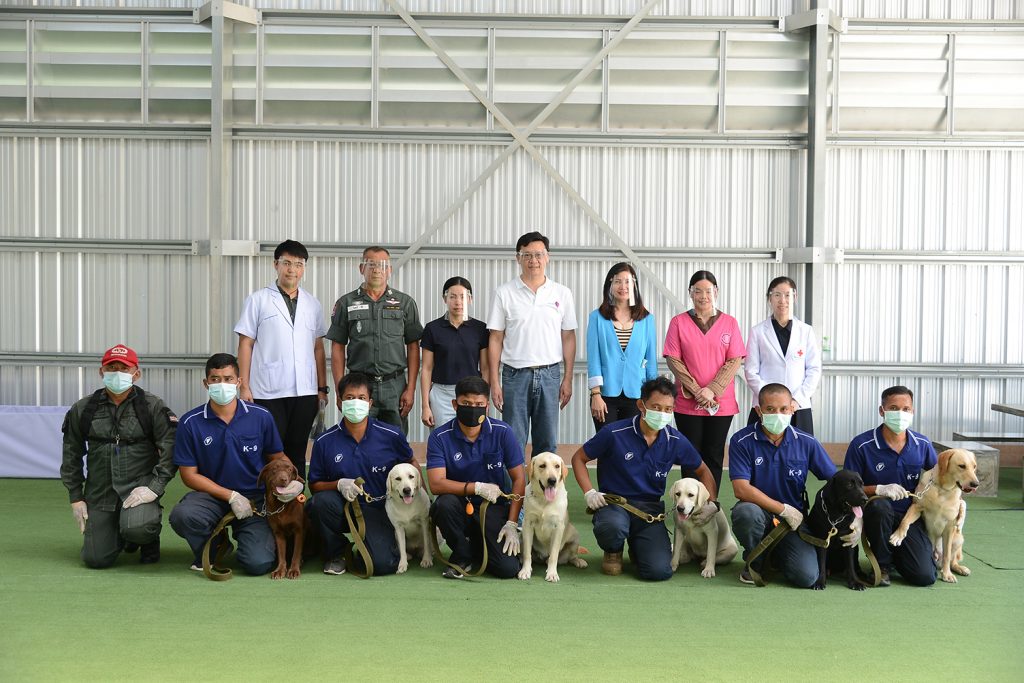Lingnan University ranked 33rd globally in “International Faculty”, and advanced 48 places in “International Students” in the latest QS World University Rankings 2022. The rankings affirmed that internationalisation in research and student learning is a core dimension of the University’s whole-person approach to a quality Liberal Arts education. Lingnan was also judged “very high” in research intensity, the highest of the benchmarks in the internationally recognised ranking exercise.
Lingnan University also saw success in the latest Research Assessment Exercise (RAE), organised by the University Grants Committee (UGC), which oversees Hong Kong’s publicly funded universities. For the RAE, the UGC utilises international benchmarks to assess the strengths of universities in Hong Kong, with a view to encouraging world-class research. More than 50 per cent of the research projects submitted by Lingnan were rated “world leading” or “internationally excellent”.
The latest RAE assessed two new categories: research impact and environment. Lingnan is dedicated to serving the community and responding to social needs with impactful research and knowledge transfer activities, and the University’s efforts in these areas have been validated by the results. Lingnan’s commitment to “Impact with Care” means that LU’s research is geared towards providing real-world benefits to communities, and to the betterment of society.
With this in mind, Lingnan’s research is also committed to advancing the UN Sustainable Development Goals (SDGs). The 17 SDGs provide a blueprint for peace and prosperity across the globe. The success of Lingnan’s researchers in the RAE highlights how the University is reflecting the SDGs.
The “Reduced Inequalities” SDG was addressed in “Applying Innovative education practices to combat inequality in education”. Education inequality is still a pressing problem in Chinese society. The research team at Lingnan University’s Department of Economics designed and executed a series of projects in collaboration with local education bureaus in China to solve this problem. The team co-organised a series of studies in Hunan Province, China, and the outcomes of these studies attracted the attention of the local government regarding their future plans for education.
Research by Professor Siu Oi-ling, Dean of the Faculty of Social Sciences, reflected the “Good health and Wellbeing” SDG. In “Application of occupational health psychology theories, and evidence-based interventions, to reduce work stress and improve the workplace”, Prof Siu used occupational health psychology theories and practices to conduct empirical research to reduce stress caused by work and improve safety in Hong Kong. Researchers conducted three training programmes with teachers. As a result of the programmes, teachers reported fewer physical and psychological complaints
The “Peace, Justice and Institutions” SDG was reflected in the research project “Restoration of trust in the administration and the judiciary in Ukraine”. Research by Professor Roman David from Lingnan’s Department of Sociology and Social Policy provided crucial assistance to Ukraine’s national legislators, Supreme Court judges, Ministry of Justice, Bar Association, journalists, and civil society groups in crafting legal options to restore trust in the state of Ukraine from 2014 to 2016.




.jpeg)





